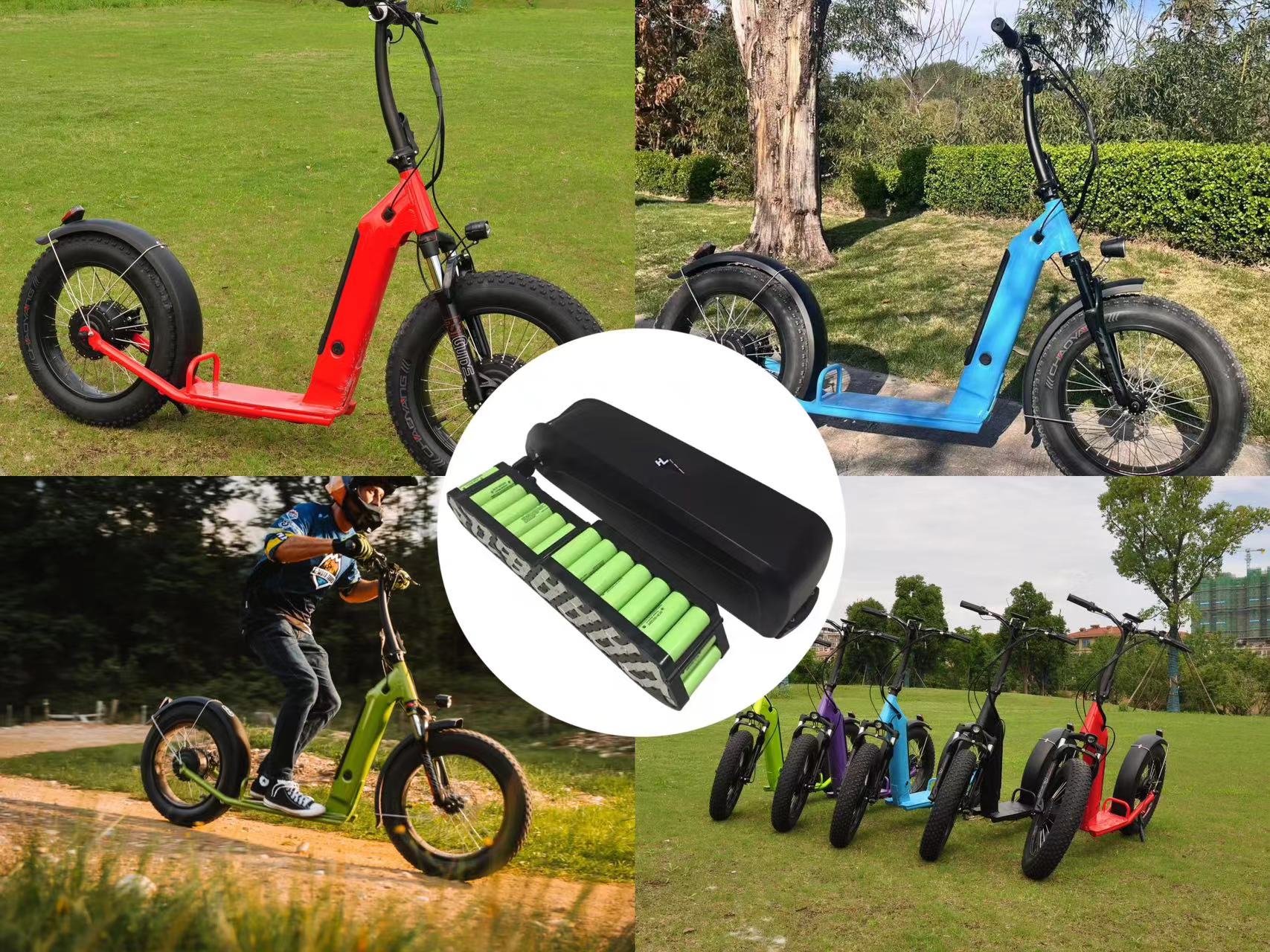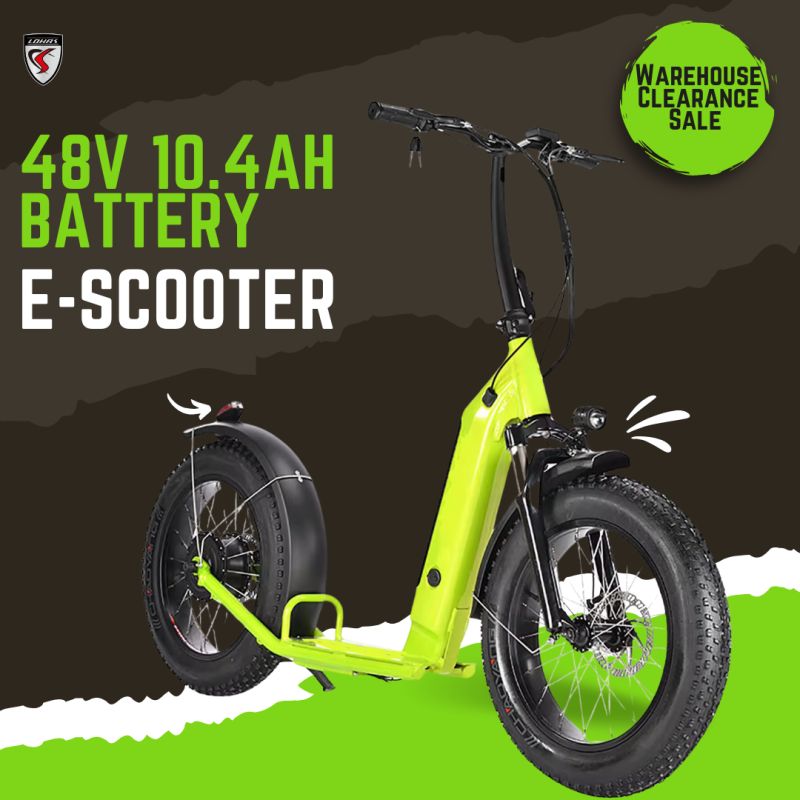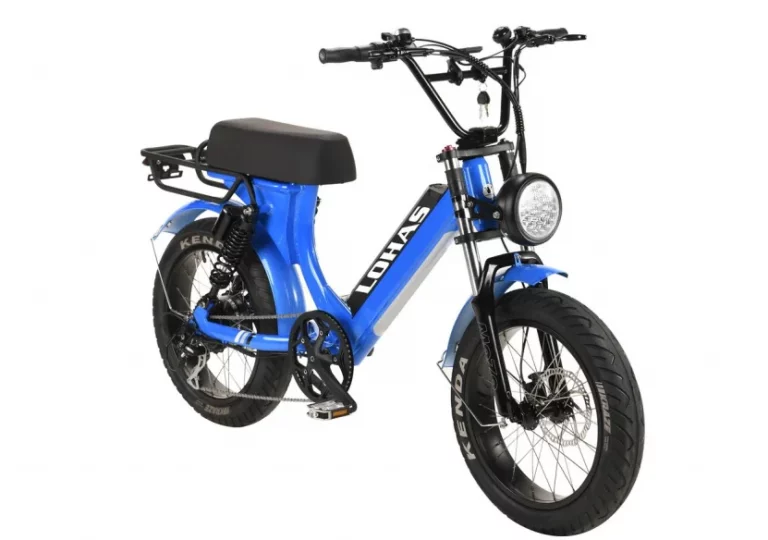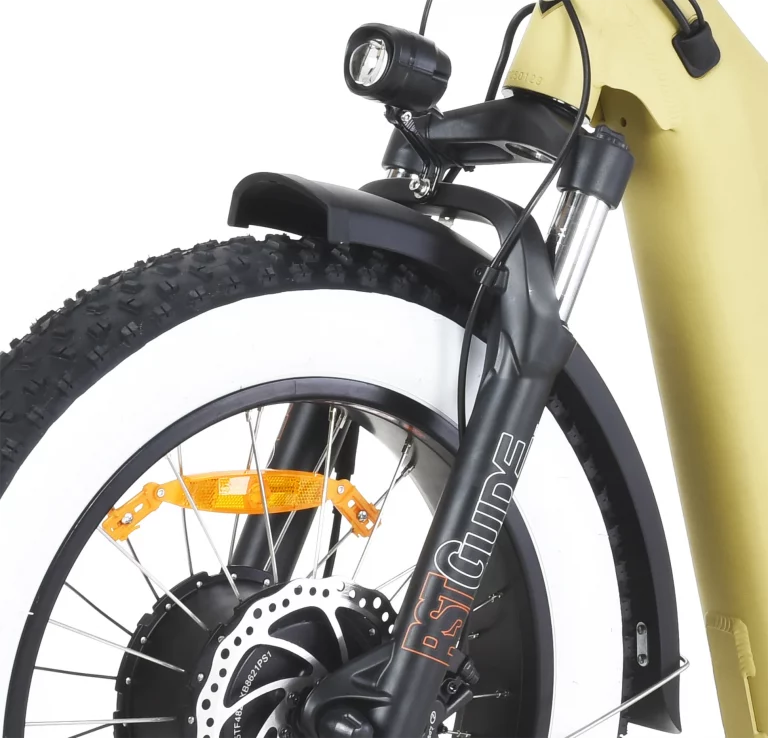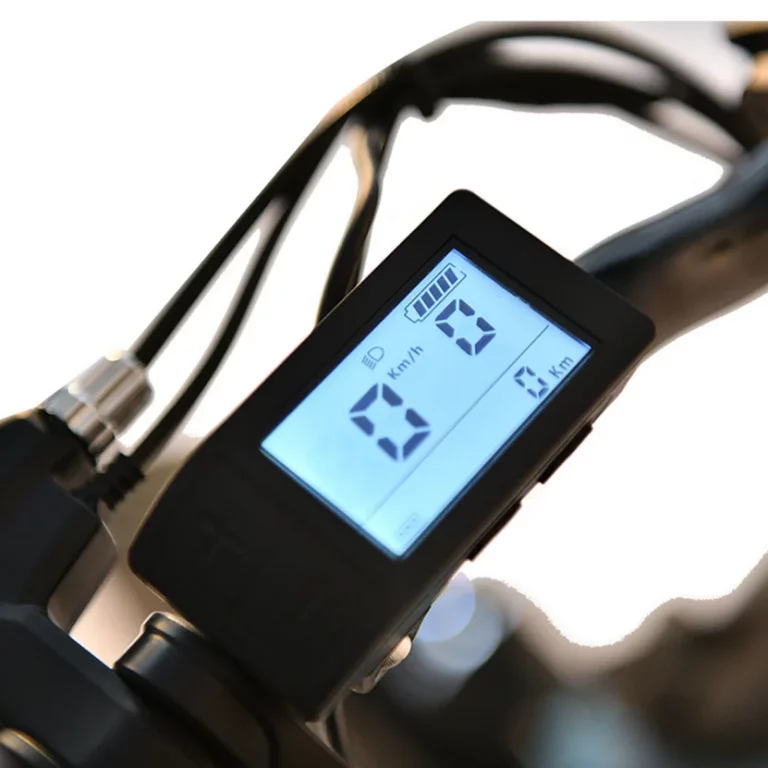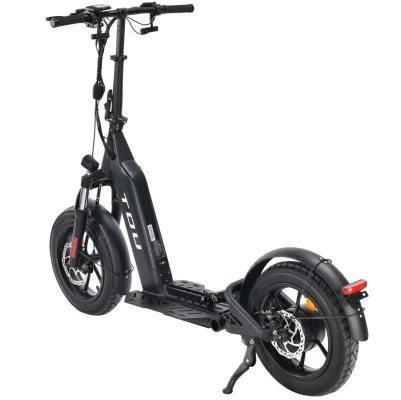Understanding the Basics
Definitions and Key Features
What is an Electric Scooter?
An electric scooter is a two-wheeled vehicle powered by an electric motor. It is equipped with a rechargeable battery and often features a lightweight frame, making it ideal for short commutes. Most electric scooters have a platform for standing, although some models come with a small seat. The handlebars usually feature controls for acceleration and braking, and some advanced models may include digital screens displaying speed and battery life.
What is an Electric Bike?
An electric bike, or e-bike, closely resembles a traditional bicycle but comes with an integrated electric motor and battery. This motor provides assisted pedaling, helping riders tackle longer distances and challenging terrains with ease. Electric bikes typically have multiple gears, much like conventional bicycles, and integrate the motor in various locations, such as the rear wheel hub, mid-drive, or front wheel hub. They also feature standard bicycle components like pedals, chain, and brakes.
As one of the famous brands in the production of electric bicycles and scooters, Yongkang LOHAS Vehicle Co., Ltd is committed to the research and development and manufacturing of related products. LOHAS Vehicle is a modern integrated enterprise specializing in the design, manufacturing, and distribution of electric bicycles and electric scooters, dedicated to the production of high quality electric bicycles and electric scooters.
Cost Considerations
Initial Purchase Price
When considering the initial purchase price, electric scooters generally come at a lower cost compared to electric bikes. The pricing for electric scooters starts at a few hundred dollars and goes up depending on features like speed, range, and build quality. On the other hand, electric bikes tend to be more expensive due to their more complex mechanical and electrical components. You can expect to pay from several hundred to a few thousand dollars for a good quality e-bike.
Maintenance and Operating Costs
Maintenance costs for both electric scooters and electric bikes are relatively low compared to conventional gas-powered vehicles. However, electric bikes might incur higher costs for repairs involving complex gear systems and motor adjustments. Both types of vehicles require regular charging, but the cost of electricity is minimal compared to fuel expenses. Routine checks for battery health, tire condition, and brake functionality are essential to ensure longevity and safety.
Environmental Impact
Carbon Footprint of Electric Scooters
Electric scooters have a low carbon footprint as they produce zero direct emissions. Their lightweight build further enhances their environmental efficiency, reducing the material and energy required for manufacturing. Additionally, using electric scooters helps decrease congestion and pollution in urban areas by replacing short car journeys. Proper recycling of batteries and components can further minimize their environmental impact.
Carbon Footprint of Electric Bikes
Like electric scooters, electric bikes positively impact the environment by emitting no direct emissions during operation. They offer a green alternative to cars, particularly for daily commutes that involve longer distances than those typically covered by scooters. The materials used in manufacturing e-bikes are generally durable, resulting in a longer lifespan. With renewable energy sources becoming more common, the overall carbon footprint of charging these bikes continues to decrease.
Commuting and Practicality
Daily Commute Efficiency
Urban Environments
In densely populated urban areas, both electric scooters and electric bikes excel in navigating through traffic efficiently. Electric scooters often have a slight edge due to their compact size, allowing riders to weave through tight spaces and park conveniently. Electric bikes, however, offer faster travel speeds and the ability to cover longer distances without fatigue, making them ideal for city-wide commutes.
Suburban Environments
In suburban settings where distances are greater and bike lanes or dedicated paths are more prevalent, electric bikes are generally more practical. They provide better comfort for extended journeys compared to standing on an electric scooter and can handle varied terrains such as minor hills or gravel paths effectively.
Storage and Portability
Electric scooters are highly portable due to their compact and foldable designs. They can easily be carried into buildings or stored in small spaces such as closets or under desks. Electric bikes, while less portable, still offer some degree of convenience. Many models come with detachable batteries that can be charged separately from the bike, allowing owners to leave the heavier frame in storage areas.
Performance and Speed
Average Speed Comparisons
Electric scooters typically travel at speeds ranging between 15 to 20 mph, which is ample for most urban commutes. Their acceleration is smooth due to the electric motor’s instant torque delivery. Electric bikes can achieve slightly higher speeds of up to 28 mph depending on the pedal-assist settings and motor power. This makes them suitable for longer commutes or situations requiring quicker travel times.
Range and Battery Life
The range of an electric scooter usually spans between 10 to 30 miles on a single charge, depending on the model and riding conditions. Electric bikes offer a greater range, often between 20 to 60 miles per charge or more with advanced battery systems. Factors affecting range include rider weight, terrain type, weather conditions, and the level of pedal assistance used.
Safety Aspects
Handling and Stability
Handling and stability differ significantly between electric scooters and electric bikes. Electric bikes offer a more stable ride due to their larger wheel size and lower center of gravity. This makes them safer over uneven surfaces or when making sudden stops. Electric scooters require more balance, especially when navigating bumps or curbs, although their smaller frame makes them easier to maneuver through crowded areas.
Protective Gear Requirements
Both vehicles necessitate wearing a helmet for safety. However, additional gear such as knee pads, elbow pads, or gloves might be recommended more frequently for electric scooter users due to the higher risk of falls on uneven pavement. For electric bikes, highly visible clothing and lights are crucial to maintaining visibility in traffic.
Yongkang LOHAS Vehicle Co., Ltd covers an area of more than 18,000 square meters. We have two assemble line, and use advanced manufacturing equipment and techniques to produce high-quality electric scooters and electric bike that meet our strict standards. At the heart of our company is a dedicated R&D team comprising 20 professionals who contribute to e-bike design and innovation. To ensure the highest standards, our Quality Inspection team, consisting of 15 meticulous individuals, thoroughly check e-bike and e-scooter before shipment.
Health Benefits
Physical Exercise on an Electric Scooter
While riding an electric scooter involves standing for potentially extended periods, it does not offer significant physical exercise benefits since there is minimal physical exertion involved in controlling the vehicle. Moving around on the scooter might engage core muscles slightly for balance but overall offers less fitness benefit compared to an electric bike.
Physical Exercise on an Electric Bike
Riding an electric bike provides substantial health benefits as it involves pedaling even when assisted by the motor. This form of moderate exercise can improve cardiovascular health, muscle strength, and overall endurance. The ability to adjust pedal-assistance levels also allows riders to customize their workout intensity according to their fitness goals.
Legal Regulations
Licensing Requirements
In most regions, neither electric scooters nor electric bikes require a special license if they meet certain criteria regarding speed limits and motor power ratings. However, riders should check local laws as some areas may have specific requirements or age restrictions for operating these vehicles.
Road Usage Laws
Road usage laws often dictate where electric scooters and bikes can be ridden – whether on sidewalks, bike lanes, or roads. Generally, electric bikes are permitted on bike paths and roads, whereas some areas restrict scooter usage on sidewalks due to pedestrian safety concerns. Familiarizing oneself with local regulations ensures compliance and promotes safe riding practices.
Personal Preference Factors
Style and Comfort
Personal preference largely influences whether an individual may prefer an electric scooter or an electric bike. Scooters might appeal to those seeking quick, short-distance travel with minimal physical effort, offering a sleek and modern style. In contrast, electric bikes provide enhanced comfort for longer rides with adjustable seating positions and more elaborate design options.
Community and Social Influences
Community trends and social influences often play a role in the choice between an electric scooter or bike. For instance, certain areas may have a stronger biking culture with established infrastructure making e-bikes more appealing. Likewise, urban centers with designated scooter-sharing programs might sway individuals toward choosing an electric scooter for convenience.

